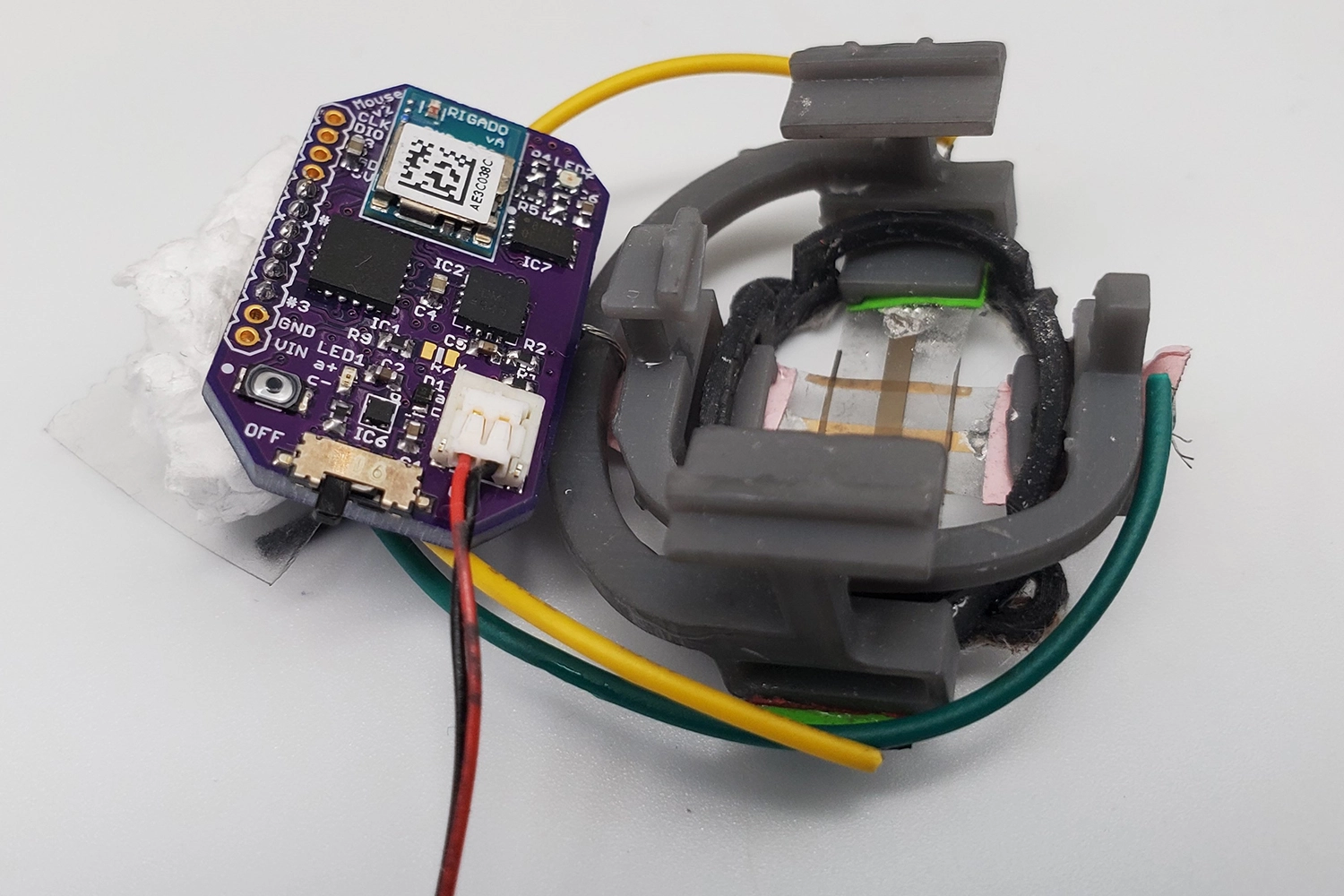
Wearable 'FAST' device measures changing size of tumours below skin

Engineers at the Georgia Institute of Technology and Stanford University in the US have developed a new device called ‘FAST’ (Flexible Autonomous Sensor measuring Tumors). The small, non-invasive device has a stretchable/flexible sensor that when attached to the skin, can measure the changing size of the tumours below.
As soon as the battery-powered device is pressed onto the skin, the results are instantly displayed on the smartphone linked to the device. Researchers believe that the new device is a faster, more economical, and accurate way of testing the effectiveness of cancer drugs and that it can eventually lead to new breakthroughs in cancer treatment.
Detection of tumour within minutes
It is difficult to find new therapies, and drugs to treat cancer as the existent technologies for measuring tumour regression from drug treatment take weeks to give results. Even then, the results may not be accurate.
Also read: Post-pandemic, 30% more cancer patients treated at premier Mumbai institute
Drug testing thus becomes difficult and labour intensive due to the natural biological variation in tumors, limitations in existing measuring approaches and the relatively small sample sizes for testing.
In some situations, the tumours have to be measured by hand, using calipers. This approach, however, is not ideal. Then comes the radiological approach of measuring tumours which too is extremely time-consuming.
This is where FAST comes to work. The new device can detect changes in tumour volume within minutes.
How does FAST work?
FAST’s sensor has a flexible and stretchable skin-like polymer. The sensor is connected to a small electronic case. The device measures the strain on the membrane depending on how much it stretches or shrinks. It then sends that data to the linked smartphone.
Also read: India’s first indigenous vaccine against cervical cancer set to be gamechanger for Indian women
The device is gold plated on top of the skin-like polymer which develops small cracks when stretched, resulting in changing the electrical conductivity of the material. These crack propagation and exponential changes in conductivity can be mathematically associated with changes in dimension and volume.
The engineers have designed the mechanical properties of the flexible material similar to the skin so that the sensor’s weight does not squeeze the tumor, compromising the measurements.
How is it better than other techniques?
The new device is better than other tumour size measuring techniques as
- It offers continuous monitoring.
- It can measure shape changes that are difficult to determine with other methods.
- It is autonomous and non-invasive.


